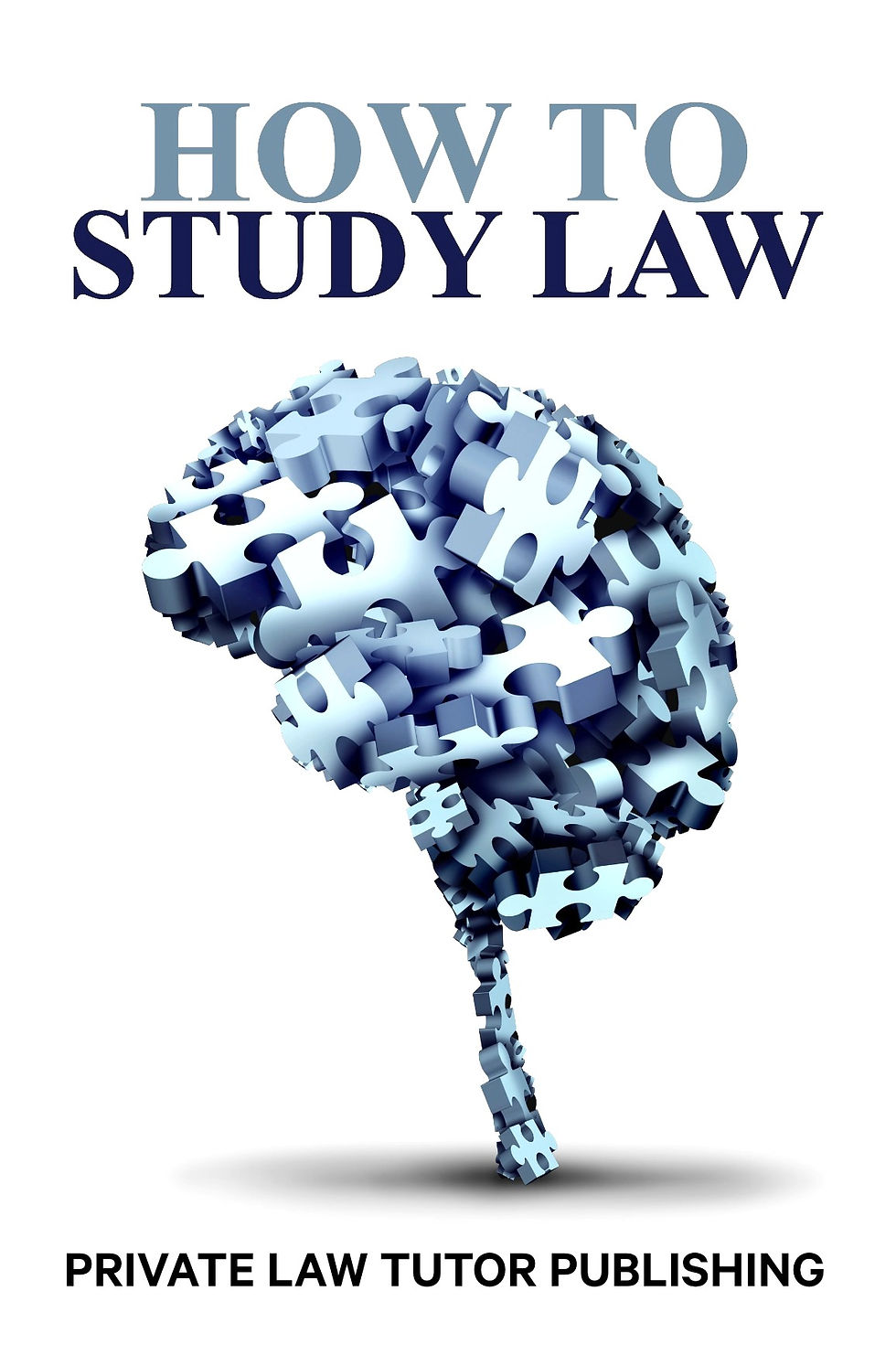General principle:
In the passing the benefit in equity of Freehold Covenants a restrictive covenant that was written in 1922 was not enforceable since it did not specifically specify the property that was supposed to benefit from it.
Name:
Bath Rugby Ltd v Greenwood [2021] EWCA Civ 1927
Facts:
The Bath Rugby Club had the idea to build a brand new stadium with 18,000 seats on property that they already owned. However, the owners of a neighbouring recreation ground may be able to use the advantage of a restrictive covenant that was signed in 1922 to thwart their ambitions. The restrictive covenant in issue prohibited the construction of the property of any structure that had the potential to be or become a nuisance to "the adjoining premises or the neighbourhood."
Ratio:
The judgement of the High Court was reversed by the Court of Appeal in the case of Bath Rugby Ltd. v. Greenwood [2021] EWCA Civ 1927, which said that the covenant was unenforceable and why. In order to arrive at its verdict, the court was required to examine the language of the 1922 covenant in order to determine whether or not the benefit had been expressly annexed. This was necessary due to the fact that the covenant was established prior to the possibility of the benefit being automatically annexed under section 78 of the Law of Property Act 1925 (as recognised in Federated Homes Ltd v. Mill Lodge Properties Ltd (1980)). Because the covenant's description of the benefiting land lacked accuracy, it was difficult to determine whether or not the land in question had been formally annexed to the covenant's subject property at the time the covenant was drafted. It was not feasible to determine which land (and thus whose property owners) benefited from the covenant since it was impossible to identify the land. In example, Nugee LJ found the usage of the word "the neighbourhood" in the covenant to be "inherently imprecise." This term referred to a local region rather than specifying individual properties that were supposed to be benefitted by the covenant. Nugee LJ found this to be problematic. It was necessary to provide a more detailed description of the property or the link that existed between the properties. The other two judges on the Court of Appeal, Newey and King, both reached the same conclusion. However, in contrast to Nugee LJ, they held the opinion that the identification of the land that was to benefit from the covenant needed to be 'simply ascertainable' from the transfer itself rather than from extrinsic evidence.
Application:
A covenant must be taken out for the purpose of protecting a specific parcel of land (so that it may be transferred together with ownership of the land) in order for its benefits to be annexed to the property. In this particular scenario, the covenant was interpreted as being for the "neighborhood's" benefit; nonetheless, this interpretation was not enough. Although it is typical for covenants prohibiting nuisances to include reference to a "neighbourhood," the use of that phrase did not adequately specify the property to which the benefit of the covenant was meant to be annexed (it does not relate to specific properties, but rather to a local region). Because of this, the benefits of the Covenant were not attached to any specific piece of land, and as a result, there was no one who could now enforce the Covenant.


댓글